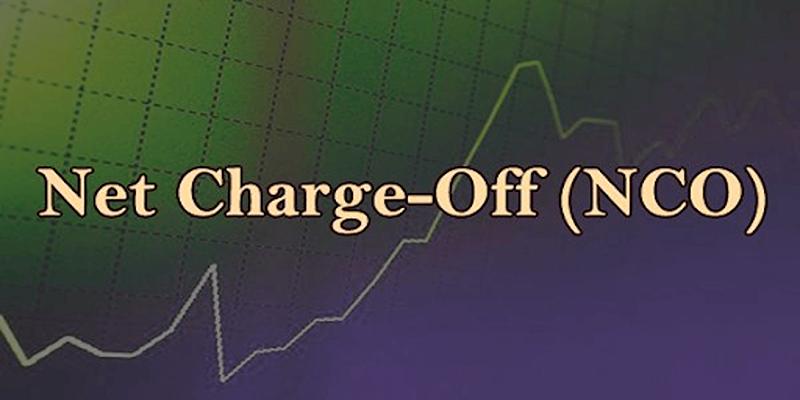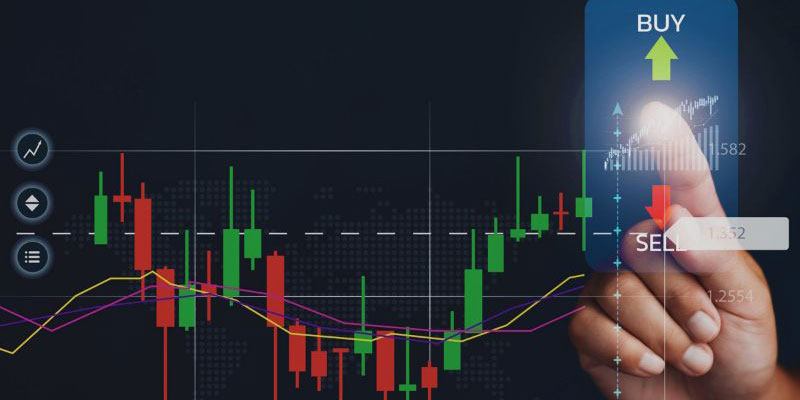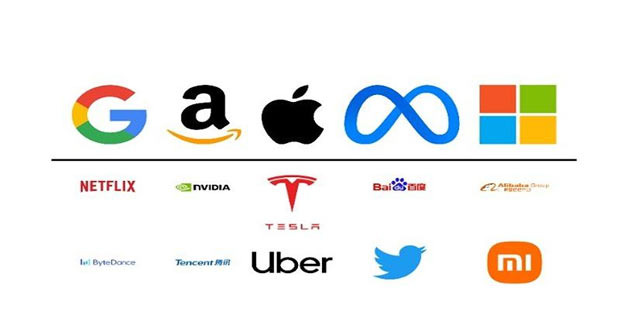
What Exactly Is Trading Before And After The Market Opens

The Top 10 Best Debt Collection Agencies to Use.

APR vs. APY: A Complete Comparison

What Is an Expert Network?
ETF Dividend Payments: How it works?
Jan 04, 2025 By Rick Novak
Due to their cheap costs, tax efficiency, and diversification benefits, exchange-traded funds (ETFs) have become popular among investors. ETFs provide an appealing possibility to earn consistent income through dividends.
What are ETF Dividends?
ETFs are investment funds that, like securities, trade on an exchange. They are intended to monitor the performance of a particular index or asset type. ETFs possess a portfolio of assets that mimics the index or asset class they follow, and the ETF's value fluctuates when the underlying stocks rise or fall in value.
ETFs often invest in equities or bonds, which generate income through interest or dividends. Dividends are payments provided to shareholders by corporations as a fraction of their profits. These payouts are sent to ETF investors in the form of ETF dividends.
How Do ETF Dividends Work?
Dividends paid by ETFs function similarly to dividends paid by individual equities. When you buy a dividend-paying ETF, you become a stakeholder in a portfolio of stocks or other securities. When the ETF makes revenue from its underlying holdings, a part of that income is distributed to owners as a dividend payment.
ETF dividend payments might vary in timing and regularity based on the ETF's holdings and strategy. Some ETFs pay monthly or quarterly dividends, while others pay yearly or semi-annually.

What is the Timing of ETF Dividend Payments?
The timing of ETF dividend distributions may vary based on the fund's distribution policy. Some ETFs may pay out dividends weekly, while others may pay dividends quarterly or annually.
ETFs that invest in equities are more likely to pay out dividends quarterly, whereas ETFs that invest in bonds may pay out dividends monthly.
The underlying assets might influence the timing of ETF dividend payments in the ETF's portfolio. For example, if a firm in the ETF's portfolio changes its dividend payment schedule, the dividend payments of the ETF may likewise vary.
Investors in ETFs should be mindful of the tax consequences of ETF payouts. ETF payouts, in general, are subject to the same tax laws as other forms of dividends. Some ETFs, however, may be more tax-efficient than others, depending on their investment strategy and distribution policy.
How and When Do ETFs Pay Dividends?

ETF dividends are paid out to investors periodically, typically every quarter. The frequency of dividend payments may vary depending on the ETF, so checking the fund's prospectus for specific details is essential.
The amount of the ETF dividend payment is determined by the dividends paid out by the underlying securities held in the ETF's portfolio. The ETF collects the dividends from its companies and passes them on to investors.
The timing of ETF dividend payments is determined by the ex-dividend date. This is the date on which an investor must own shares of the ETF to receive the upcoming dividend payment. If you purchase shares of an ETF after the ex-dividend date, you will not receive the next dividend payment.
The ex-dividend date is usually two trading days before the record date. The record date is when the ETF's custodian takes a snapshot of the fund's shareholders to determine who is eligible to receive the dividend payment. Once the record date has passed, the ETF's custodian will distribute the dividend payment to eligible shareholders. The payment may be in the form of cash or additional shares of the ETF, depending on the fund's distribution policy.
Types of Dividend Payments in ETFs
ETFs offer two types of dividend payments:
Dividends Paid in Cash
The most common way that ETFs pay dividends is in cash. When an ETF distributes a cash dividend, it will typically be deposited directly into your brokerage account. This cash can be reinvested in the ETF or used for other investment purposes.
Dividends Reinvested
Some ETFs also offer a dividend reinvestment option. With this option, the cash dividend is automatically reinvested in the ETF, allowing you to purchase additional shares. This can boost your returns over time by compounding the dividend payments.
Taxes on Dividends in ETFs
Like other investments that pay dividends, ETF dividends are subject to taxes. The tax treatment of ETF dividends can vary depending on the ETF's holdings and strategy.
Dividends from ETFs that invest in stocks or other securities held for more than 60 days are generally taxed at the same rate as long-term capital gains. Dividends from ETFs that invest in other ETFs or derivatives may be subject to different tax rules.
Top 5 Examples of Dividend-Paying ETFs
Following are some top examples of Dividend-paying ETFs:
Vanguard Dividend Appreciation ETF (VIG)
The Vanguard Dividend Appreciation ETF is a popular ETF that focuses on investing in U.S. stocks with a track record of increasing dividends over time. The ETF has a low expense ratio of 0.06% and a current dividend yield of around 1.7%.
iShares Select Dividend ETF (DVY)
The iShares Select Dividend ETF tracks the Dow Jones U.S. Select Dividend Index and invests in U.S. stocks with a history of consistent dividend payments. The ETF has a relatively high dividend yield of around 3.3% and an expense ratio of 0.39%.
Schwab U.S. Dividend Equity ETF (SCHD)
The Schwab U.S. Dividend Equity ETF focuses on investing in U.S. stocks with a strong track record of dividend payments and growth. The ETF has a current dividend yield of around 2.8% and an expense ratio of 0.06%.
SPDR S&P Dividend ETF (SDY)
The SPDR S&P Dividend ETF tracks the S&P High Yield Dividend Aristocrats Index, which consists of U.S. stocks with a history of increasing dividend payments over time. The ETF has a current dividend yield of around 2.5% and an expense ratio of 0.35%.
Invesco S&P 500 High Dividend Low Volatility ETF (SPHD)
The Invesco S&P 500 High Dividend Low Volatility ETF invests in U.S. stocks with high dividend yields and low volatility. The ETF has a current dividend yield of around 4.5% and an expense ratio of 0.30%.

A Review of the First Premier Mastercard

What Is a Net Charge-Off (NCO)?

Overview of Pros and Cons of Stock Buybacks

Available Balance: An Overview

ETF Dividend Payments: How it works?

Benefits of Investing in Walmart

What is a Share Premium Account?

